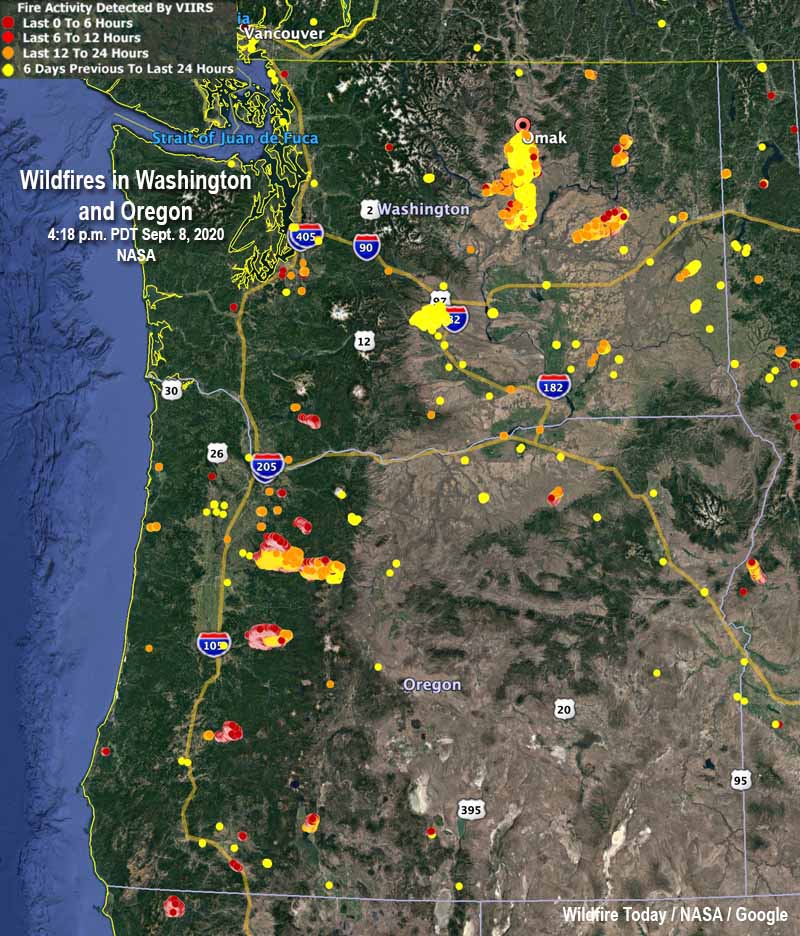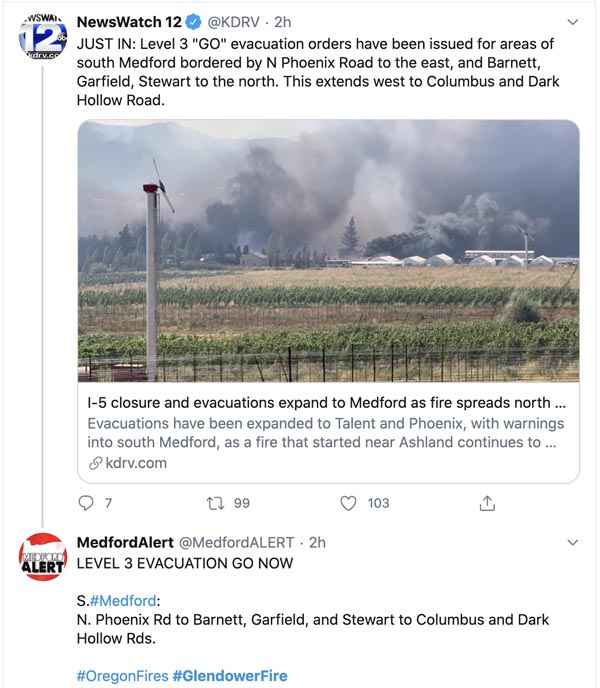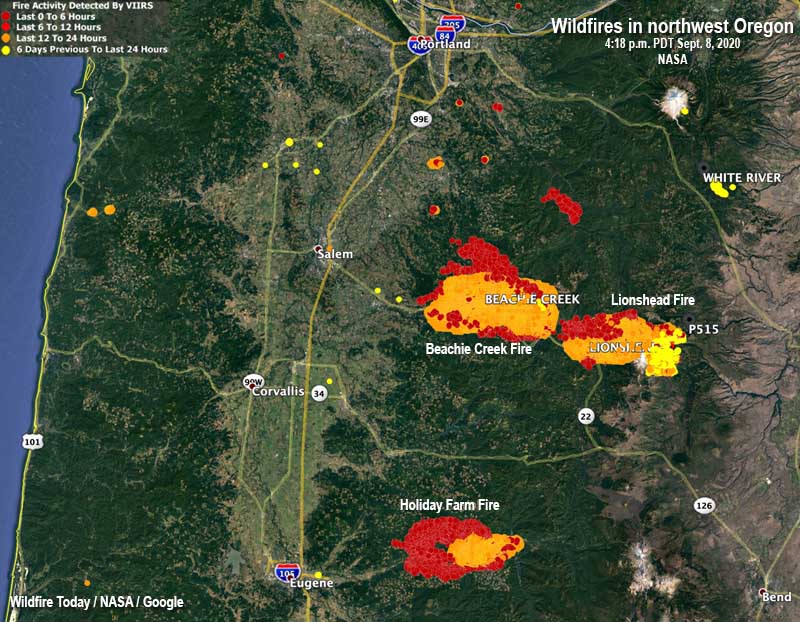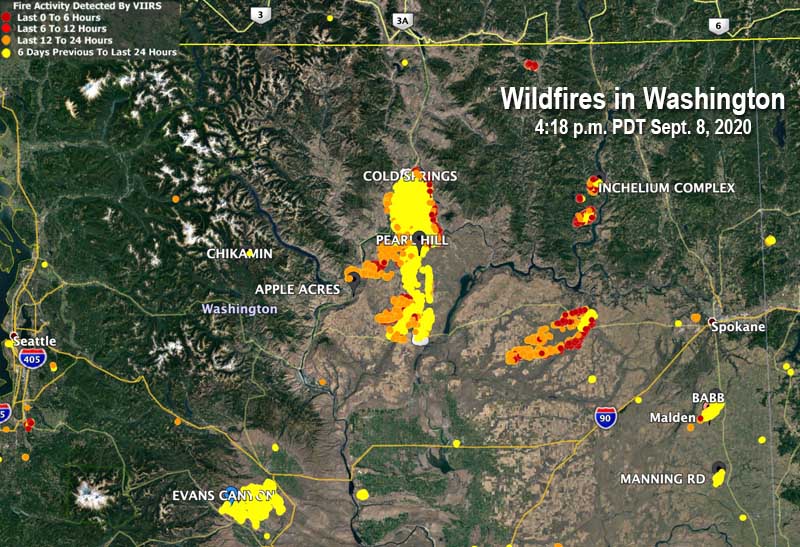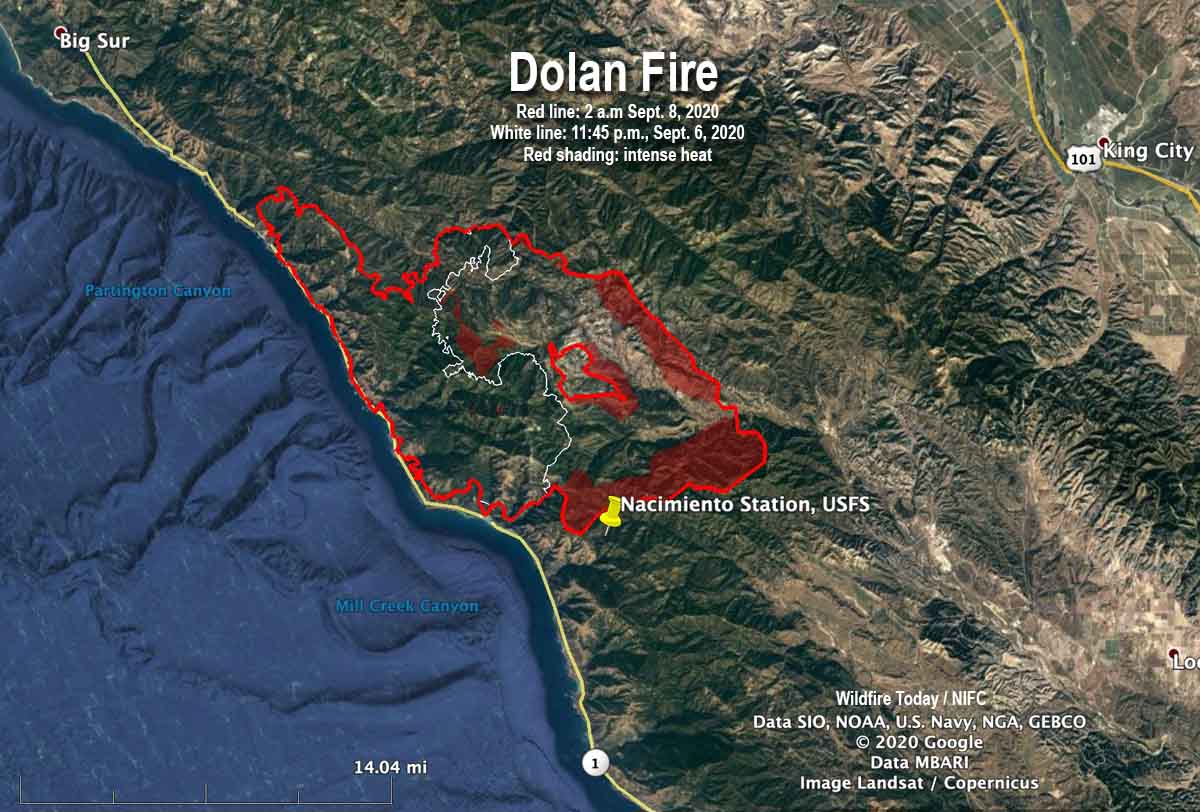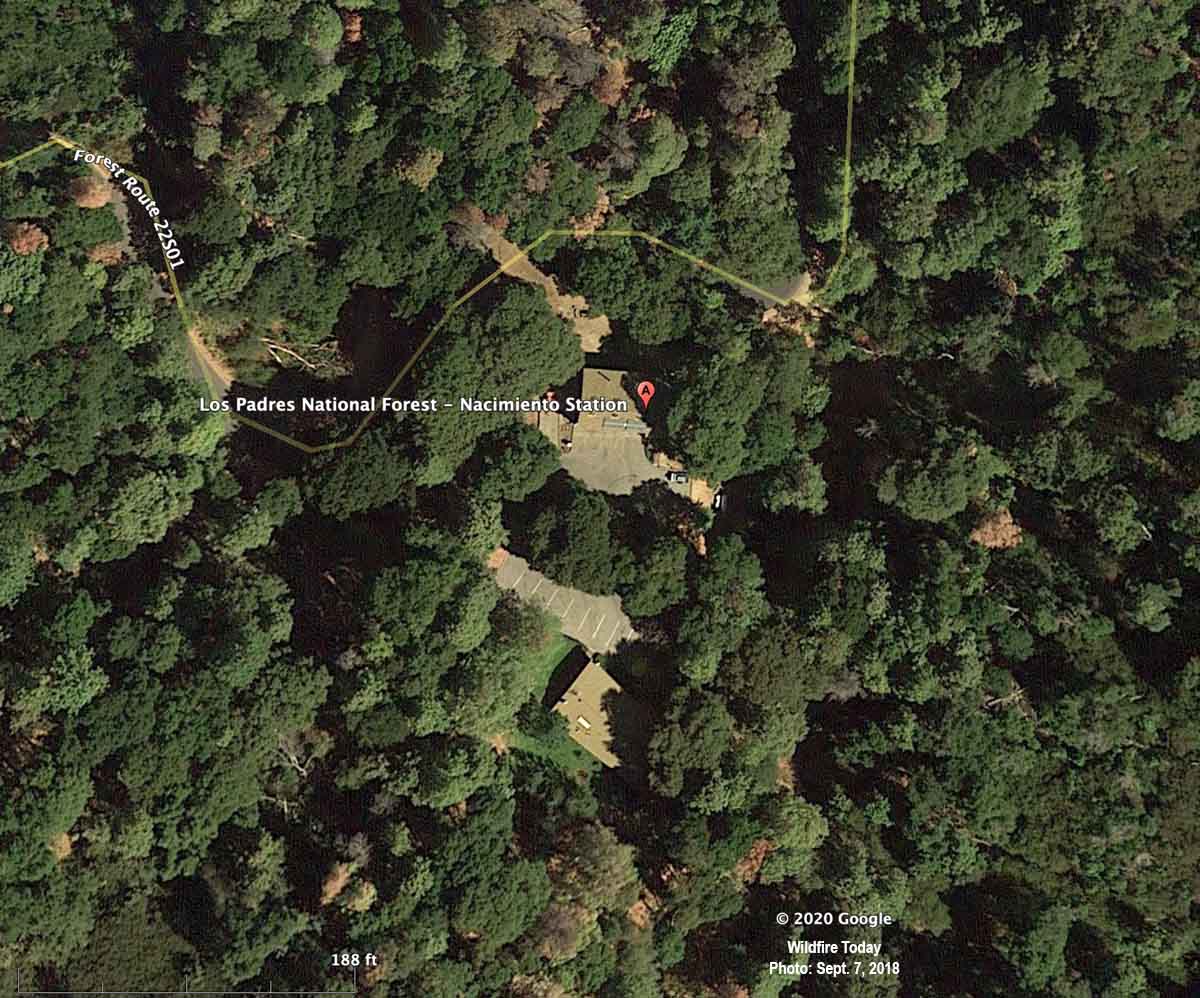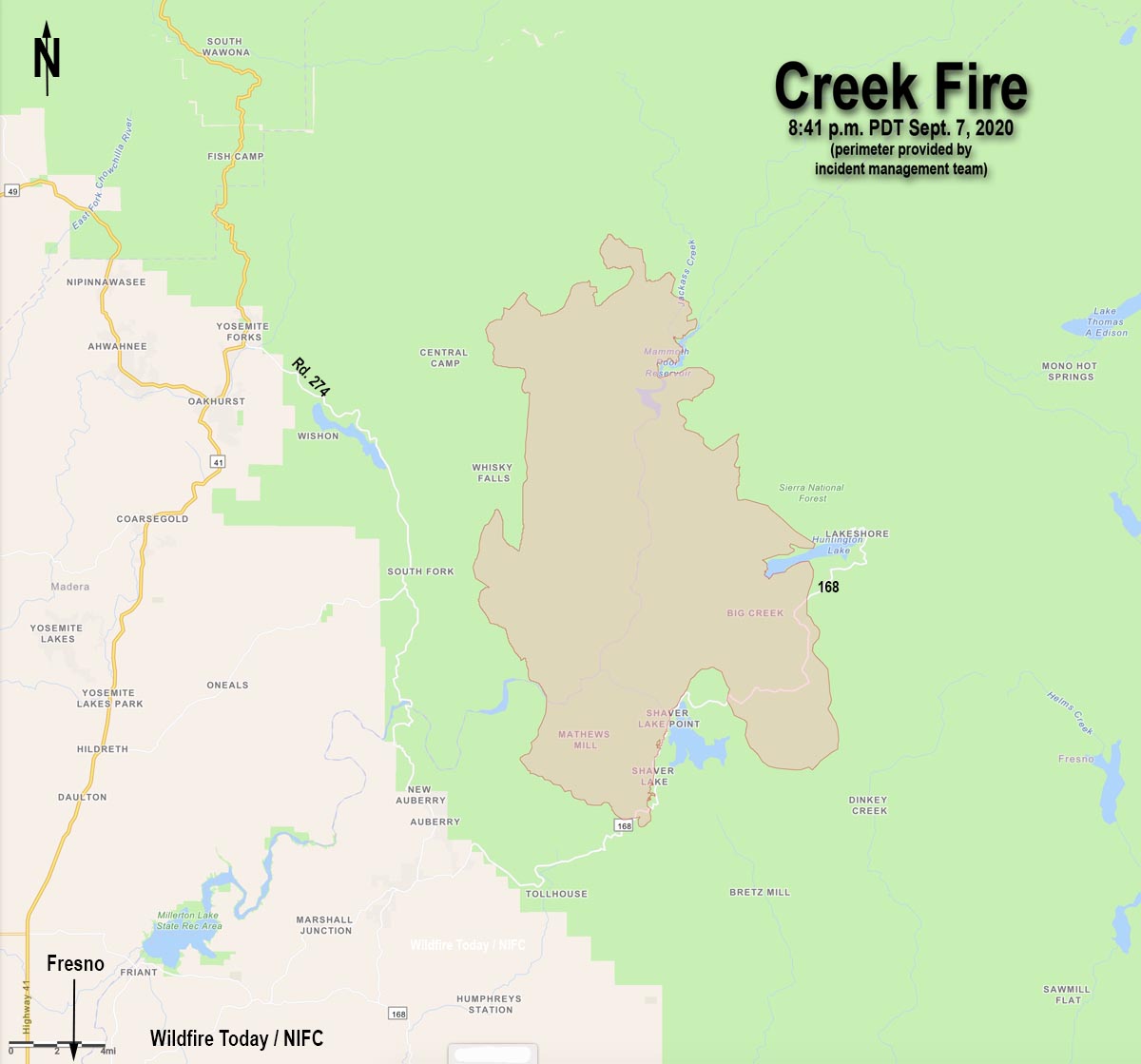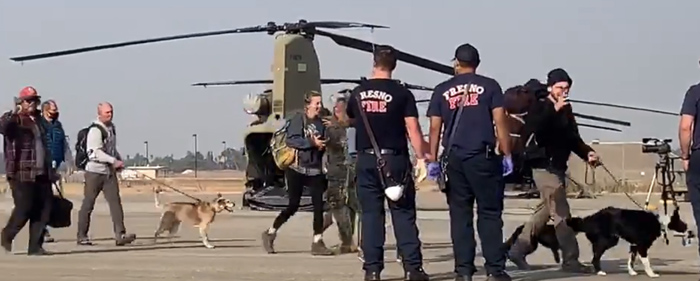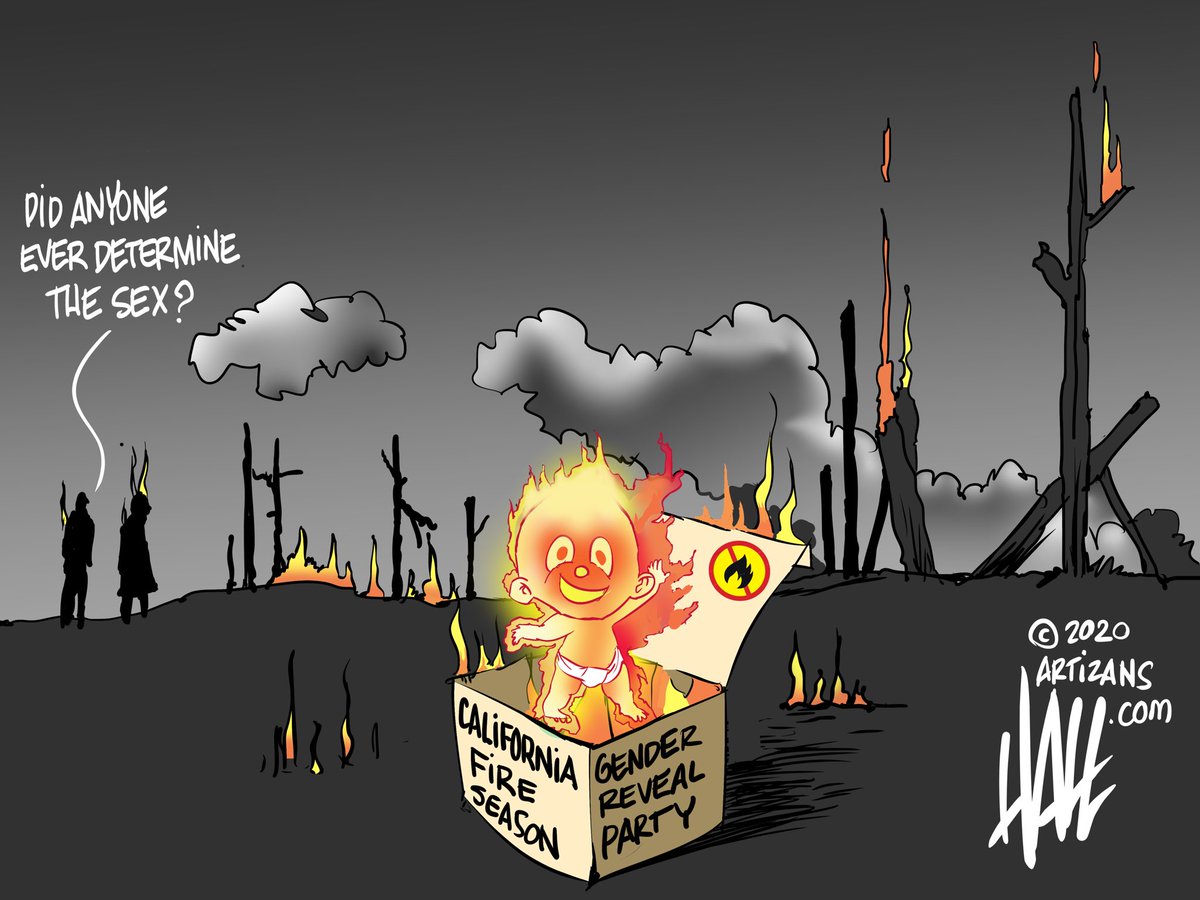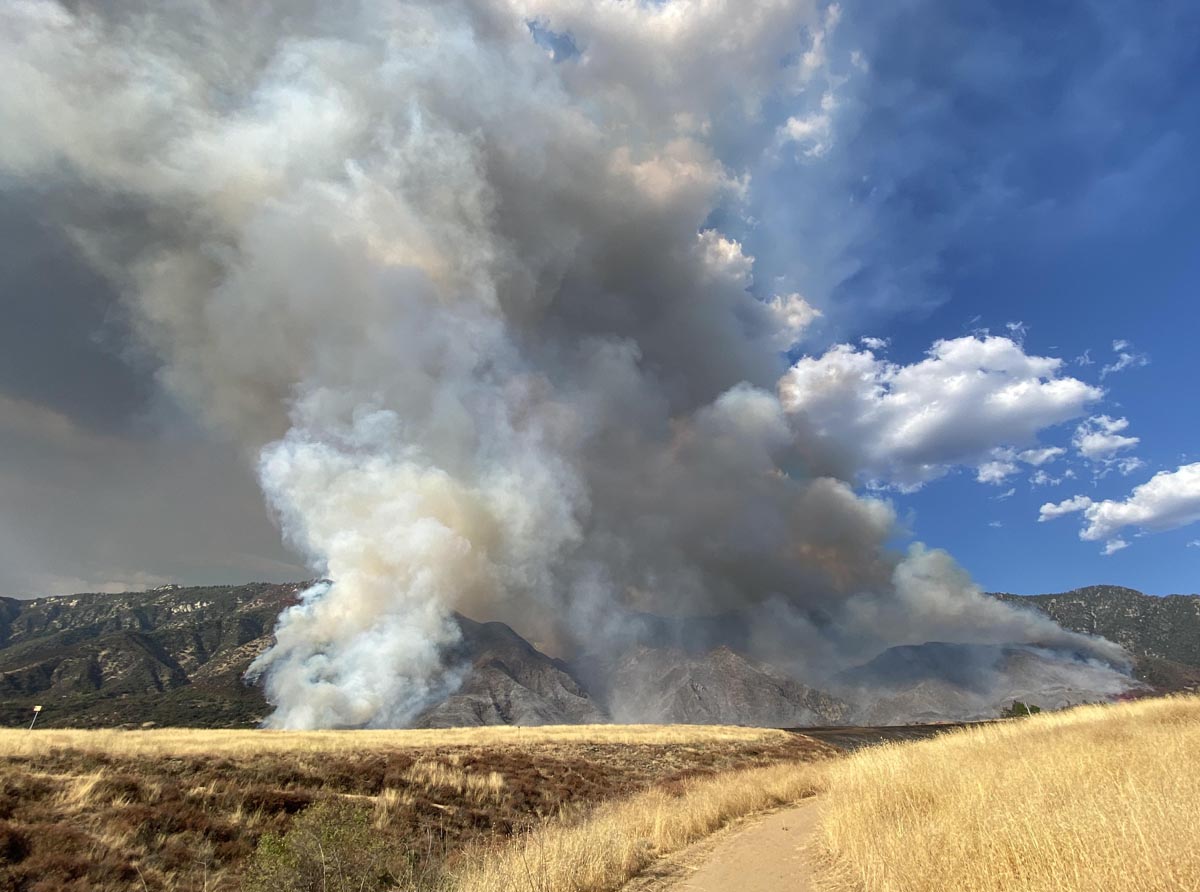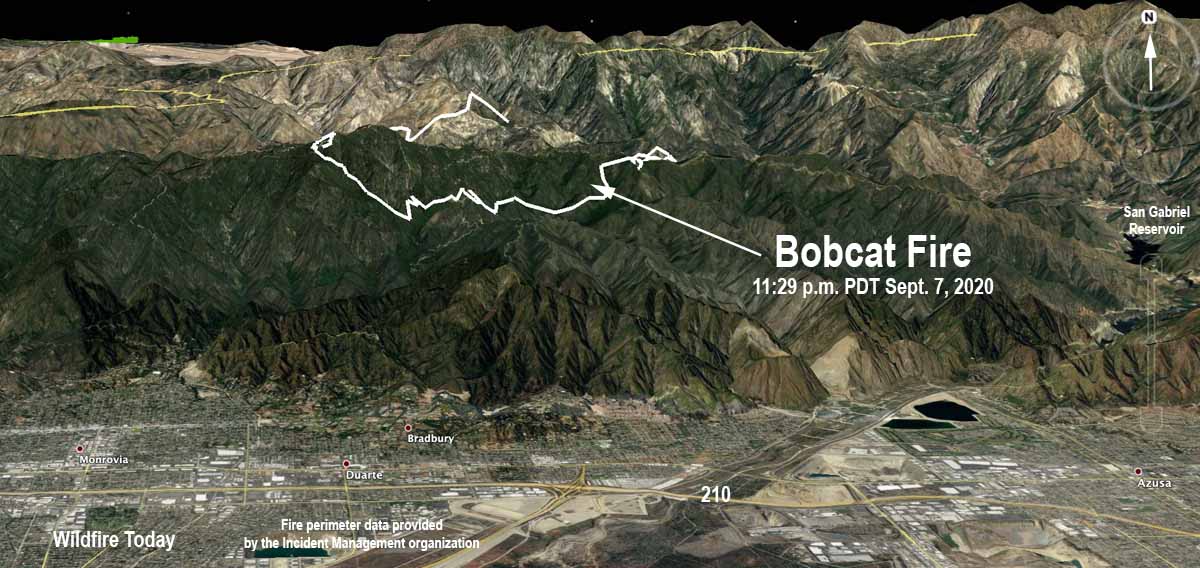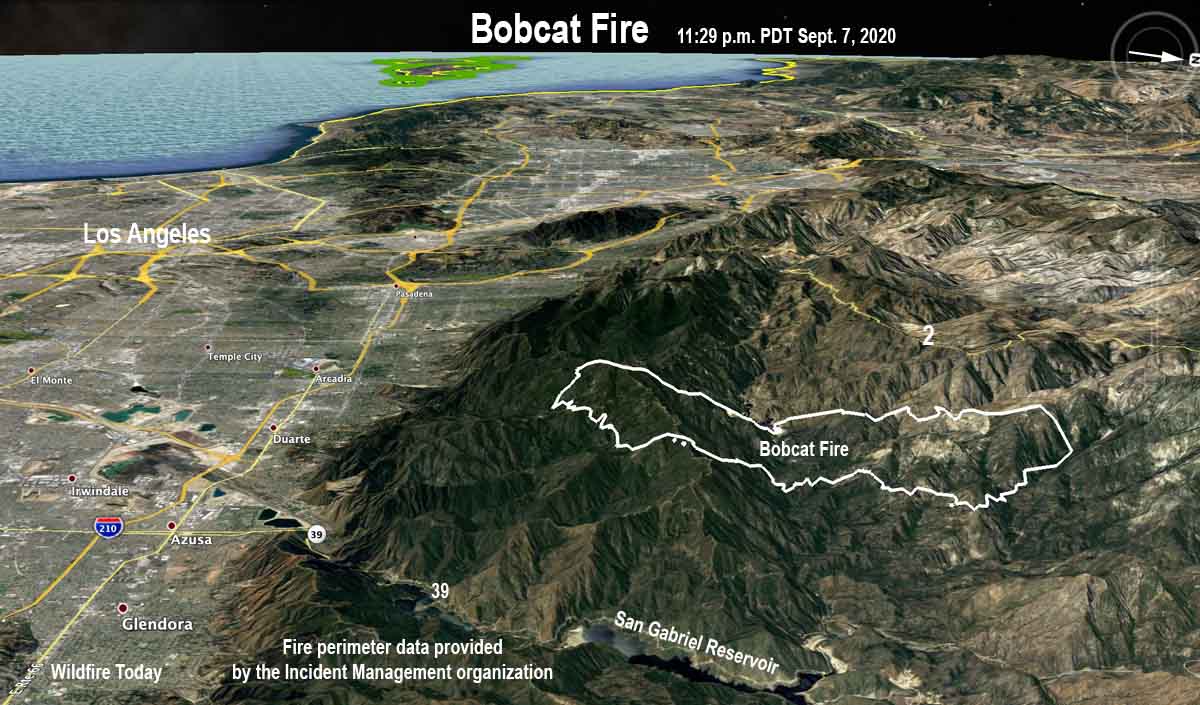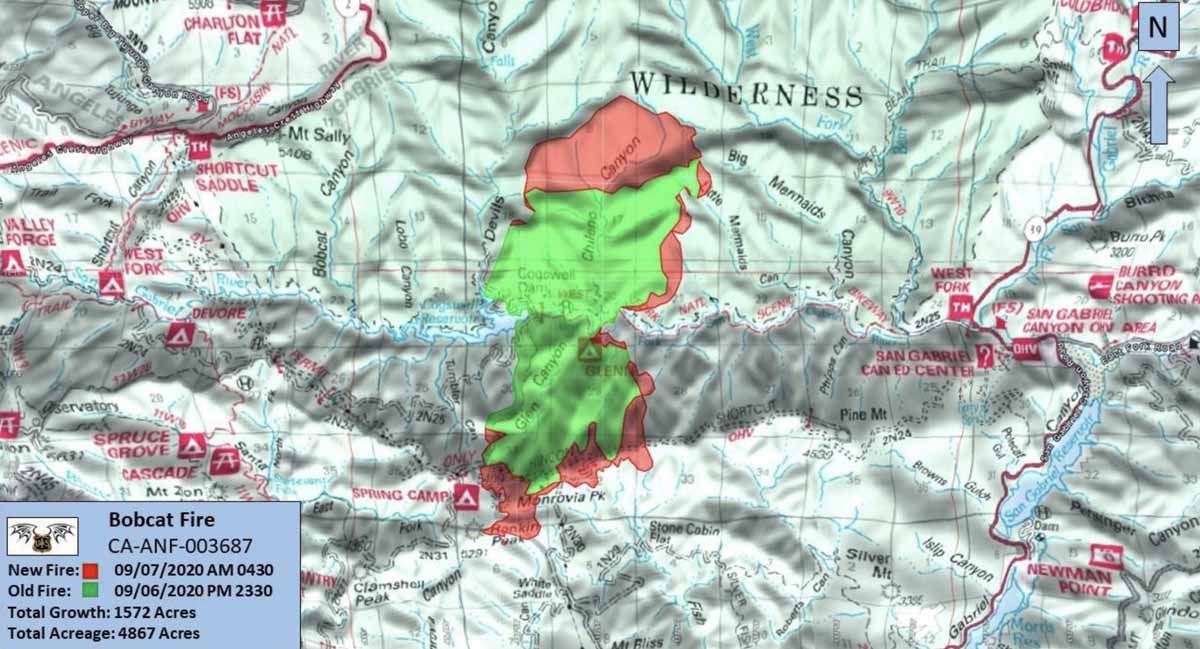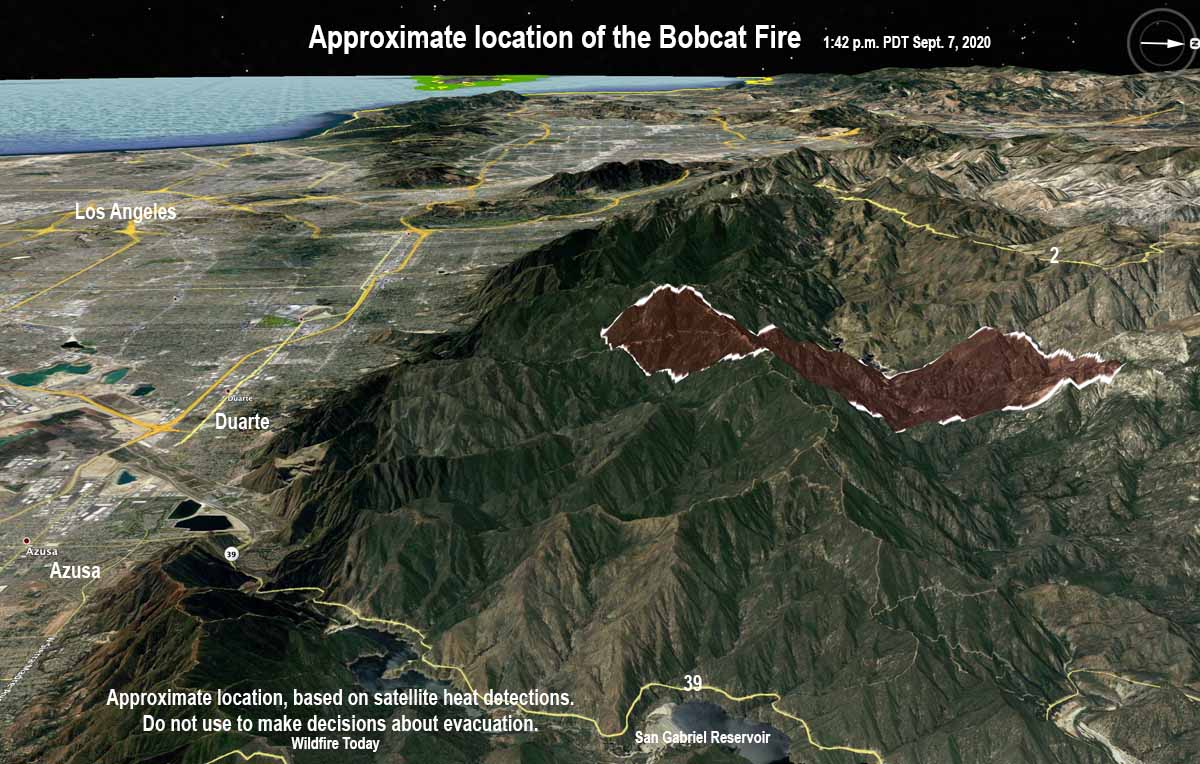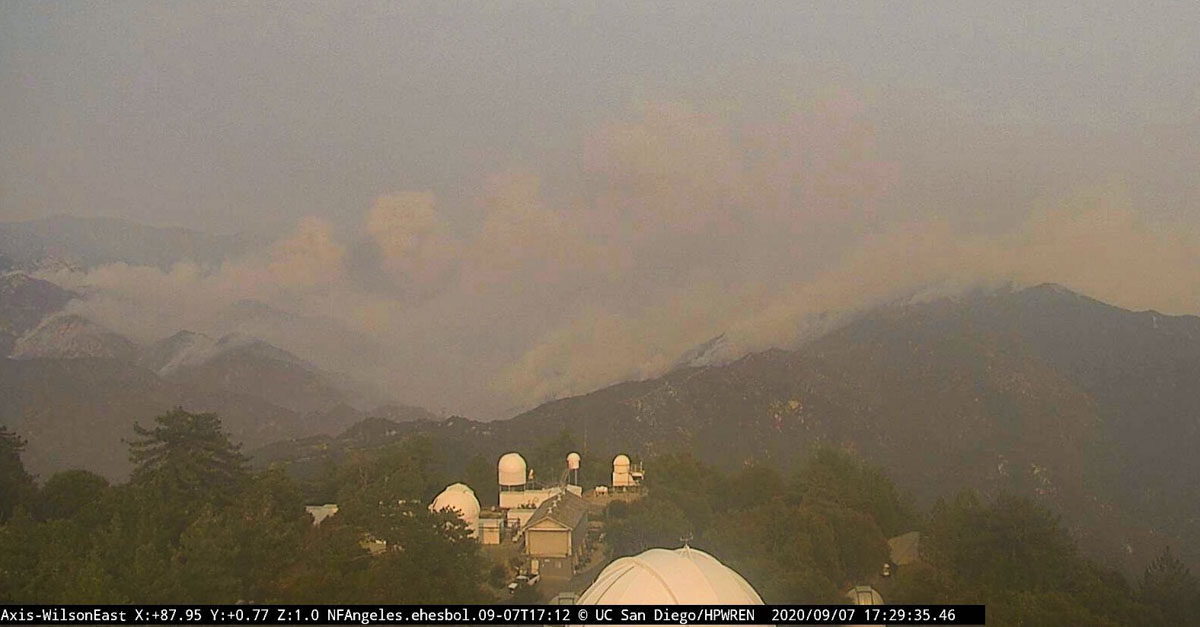Updated September 9, 2020 | 9:04 a.m. PDT

A second fire in the Medford, Oregon area, the South Obenchain Fire north of the city, is prompting evacuations in the Shady Cove and Eagle Point areas. Evacuation maps are HERE.
September 9, 2020 | 8:33 a.m. PDT
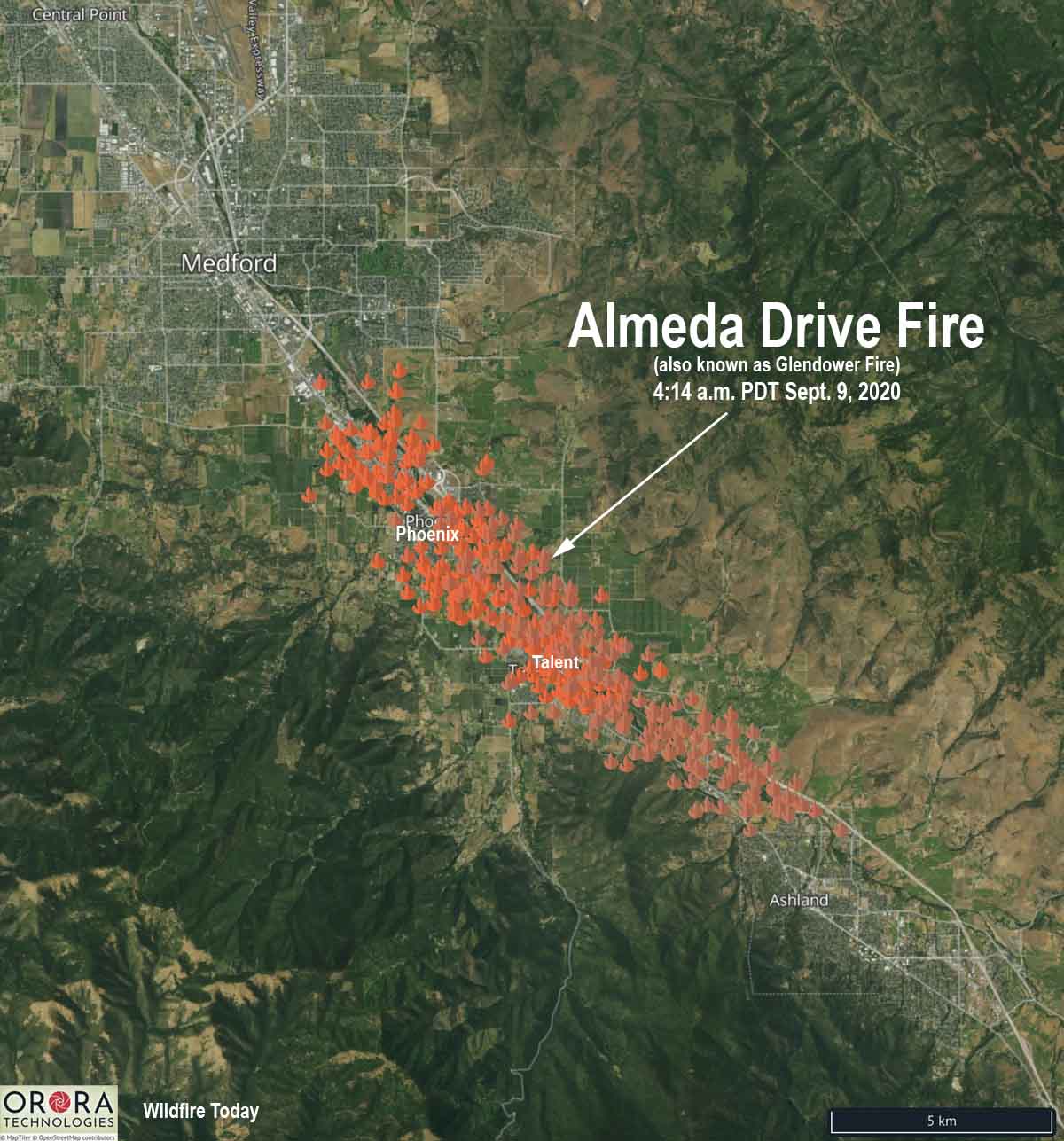
Here is an updated map of the Almeda Drive Fire (previously known as Glendower) showing heat detected by satellites at 4:14 a.m. PDT September 9, 2020. There has been much confusion about the name of the fire, but we have information from a fire official that the correct name is Almeda Drive.
The blaze started north of Ashland late Tuesday morning and roughly followed the Interstate 5 corridor as strong winds pushed it northwest. It burned through parts of Talent and by 4:14 a.m. Wednesday was at Phoenix.
Oregon Governor Kate Brown declared the Almeda Drive Fire a conflagration, a large fire which destroys a great deal of land or property. This will allow the state to send resources to assist local agencies.
At about 12:15 Wednesday morning the Oregon Department of Forestry estimated the blaze had burned 2,500 to 3,000 acres.
The Oregon State Fire Marshal incident management team arrived on scene at 1:50 a.m. Wednesday.
Evacuations are in effect for parts of Jackson County and the Medford area. Jackson County and MedfordAlert have evacuation information.
September 8, 2020 | 10:10 p.m. PDT
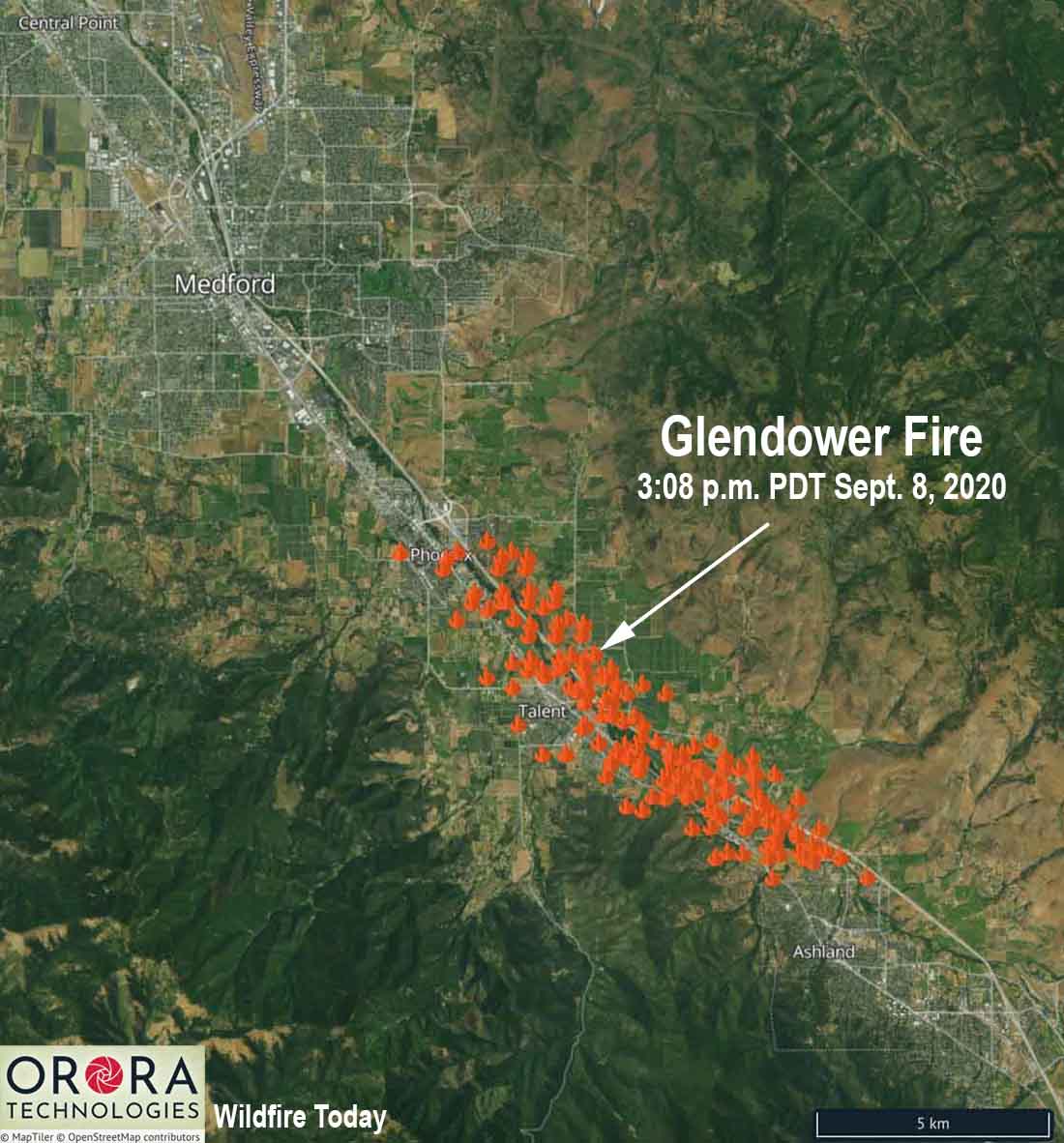
The Glendower Fire started north of Ashland, Oregon Tuesday morning then spread northwest along the Interstate 5 corridor (see the map above). At 5 p.m. it prompted evacuations of the entire city of Phoenix, Oregon. The incident is also known as the Almeda Fire.
By 8:45 p.m. evacuations were ordered in areas of Medford and multiple structures had burned. Jackson County and MedfordAlert have evacuation information. MedfordAlert said at 9:56 p.m. an evacuation center has been established at the Josephine County Fairgrounds on Redwood Avenue in Grants Pass. The Jackson County Expo is full.
Tuesday evening sections of Interstate 5 were closed north of the California/Oregon border. TripCheck has current status of the Interstate.
A Red Flag Warning is in effect for the Medford area Tuesday night and Wednesday. The wind direction in Medford will be variable Tuesday night at 3 to 5 mph with the humidity in the teens. On Wednesday the wind will increase at 11 a.m. from the southeast at 15 mph gusting to 23 while the humidity decreases to 7 percent. Wednesday’s high temperature will be 100.


